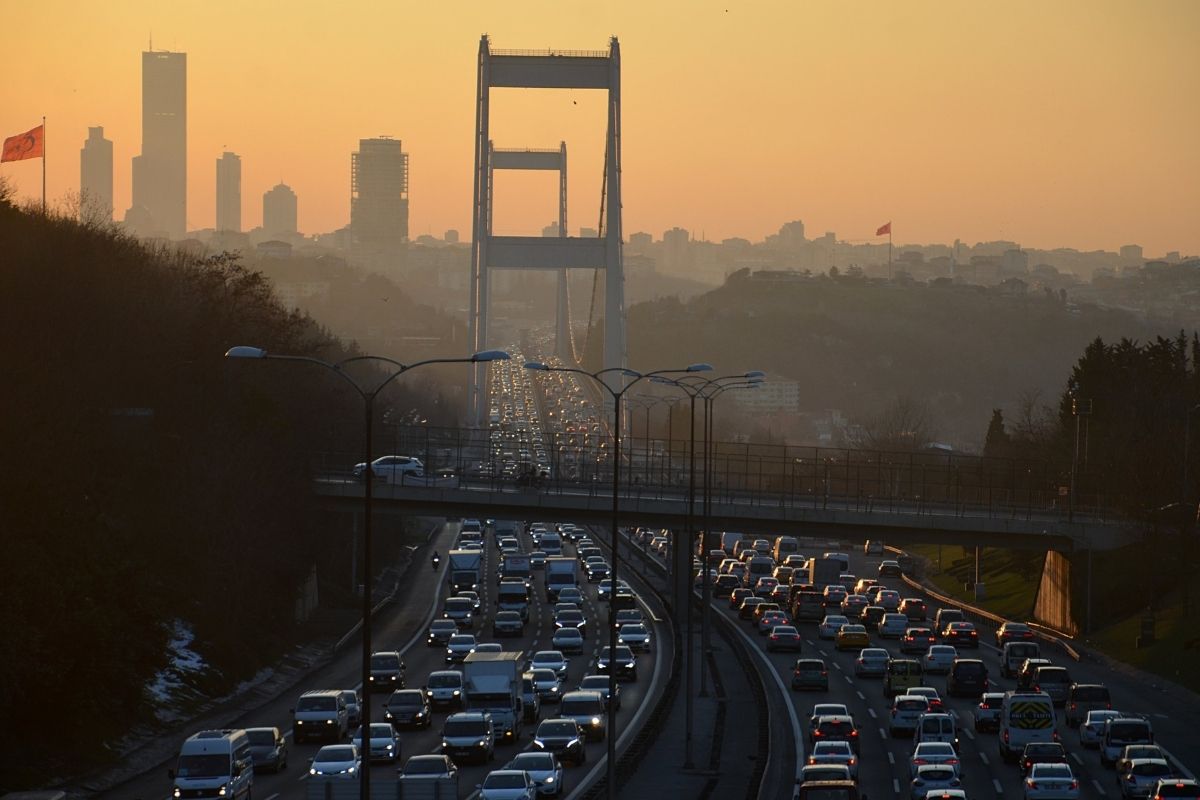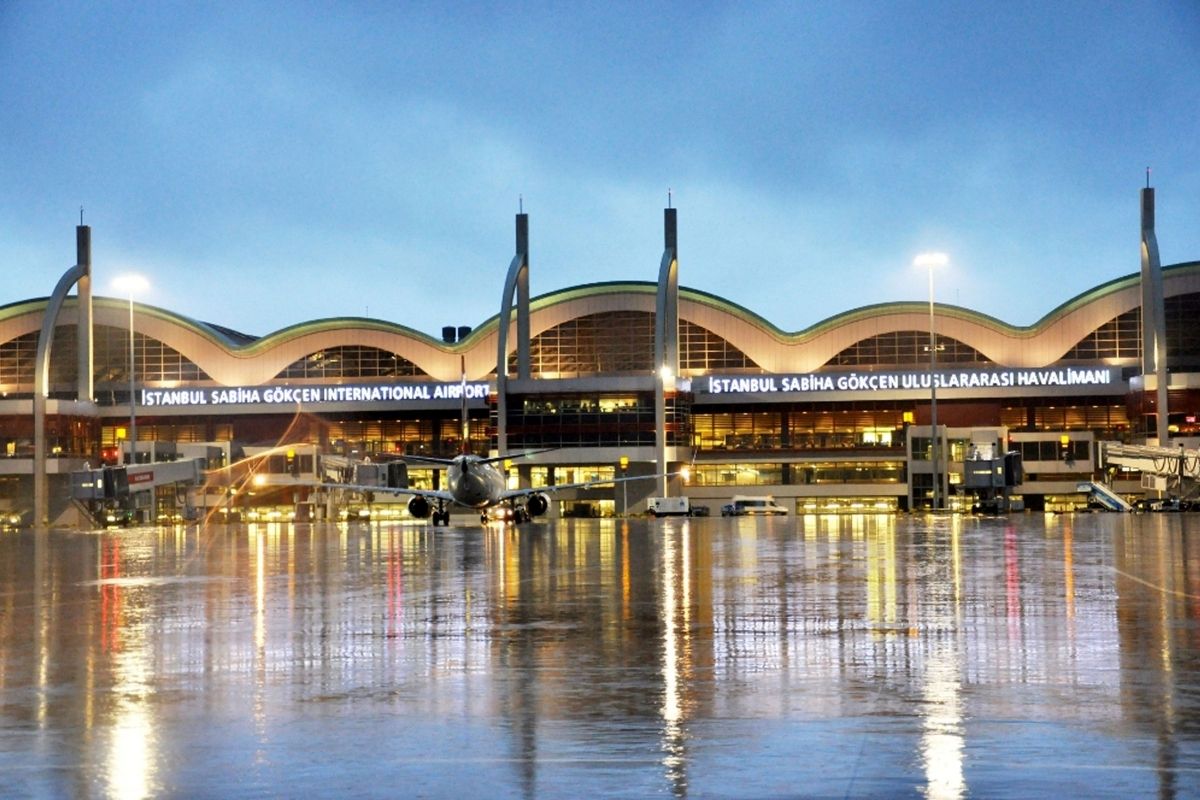Ways to Deal with Stress in Traffic: Tips for a Calm and Safe Drive

1. Prepare in Advance
One of the main causes of stress in traffic is the fear of being late and the unexpected congestion that suddenly appears. To avoid this, it's helpful to make a few preparations before your journey.
How to Prepare?
- Plan Your Route: Before setting off, plan your route in advance. Use navigation apps on your phone to check traffic conditions.
- Leave Early: Leaving earlier can help you avoid unexpected traffic jams. This also gives you the opportunity to move more comfortably during your journey.
Why It’s Important?
- A planned journey helps the driver stay focused and move more calmly through traffic.
- Leaving early reduces stress and allows you to start your trip with a relaxed mind.
2. Take Deep Breaths and Relax
When you're stressed in traffic, your body reacts with increased heart rate, which can make breathing more difficult. This can lead to further tension. However, taking deep breaths and relaxing helps calm your body and allows you to drive more calmly.
How to Relax?
- Deep Breathing Exercises: When stuck in traffic, taking a few deep breaths can help you relax. This increases blood flow and reduces stress.
- Listen to Music: Play calming music according to your taste; this can improve your mood and take your mind off the stress.
Why It’s Important?
- Deep breathing controls heart rate and ensures a calmer drive.
- Calming music can soothe your nerves and reduce tension.
3. Follow Traffic Rules
Stress in traffic often arises from the driver's carelessness or conflicts with other drivers. Following traffic rules ensures the safety of both yourself and others, leading to a more relaxed journey.
How to Follow the Rules?
- Don’t Exceed Speed Limits: Sticking to speed limits not only ensures safety but also reduces your stress. Slowing down increases the distance between vehicles and prevents accidents.
- Use Turn Signals and Communicate Well: Proper communication with other drivers reduces sudden movements and promotes safer driving.
Why It’s Important?
- Following traffic rules allows you to feel in control, thus reducing anxiety.
- Good communication with other drivers helps prevent misunderstandings.
4. Avoid Social Media and Phones
Many drivers develop dangerous habits, such as checking social media or answering phone calls while driving. This can distract your attention and increase your stress levels.
How to Avoid It?
- Silence Your Phone: Mute your phone during your journey to ignore incoming calls and messages.
- Delay Social Media: Avoid distractions by focusing on the road, rather than social media.
Why It’s Important?
- Using the phone while driving distracts your attention and can lead to accidents.
- Focusing all your energy on the journey reduces stress.
5. Choose a Comfortable Driving Position
An incorrect driving position can negatively affect your physical comfort, leading to increased stress. Driving in the right position not only enhances physical comfort but also calms you mentally.
How to Get Comfortable?
- Adjust Your Seat: Position your seat so that you can comfortably reach the steering wheel.
- Keep Your Elbows Slightly Bent: Ensure your arms are slightly bent to maintain a relaxed posture.
Why It’s Important?
- A comfortable driving position reduces physical tension and ensures a more relaxed drive.
- Focusing on bodily comfort is one of the most effective ways to reduce stress.
6. Slow Down and Give Yourself Time
A momentary panic in traffic can ruin the entire journey. Instead of rushing, you can slow down and move at a more relaxed pace. Slowing down in heavy traffic can also help you unwind.
How to Slow Down?
- Avoid Speeding Up Constantly: Stay patient in heavy traffic and avoid rushing.
- Allow Extra Time: When planning your journey, account for busy traffic hours and give yourself additional time.
Why It’s Important?
- Slowing down reduces stress and ensures a safer journey.
- Giving yourself more time helps you avoid rushing and makes you more relaxed.










